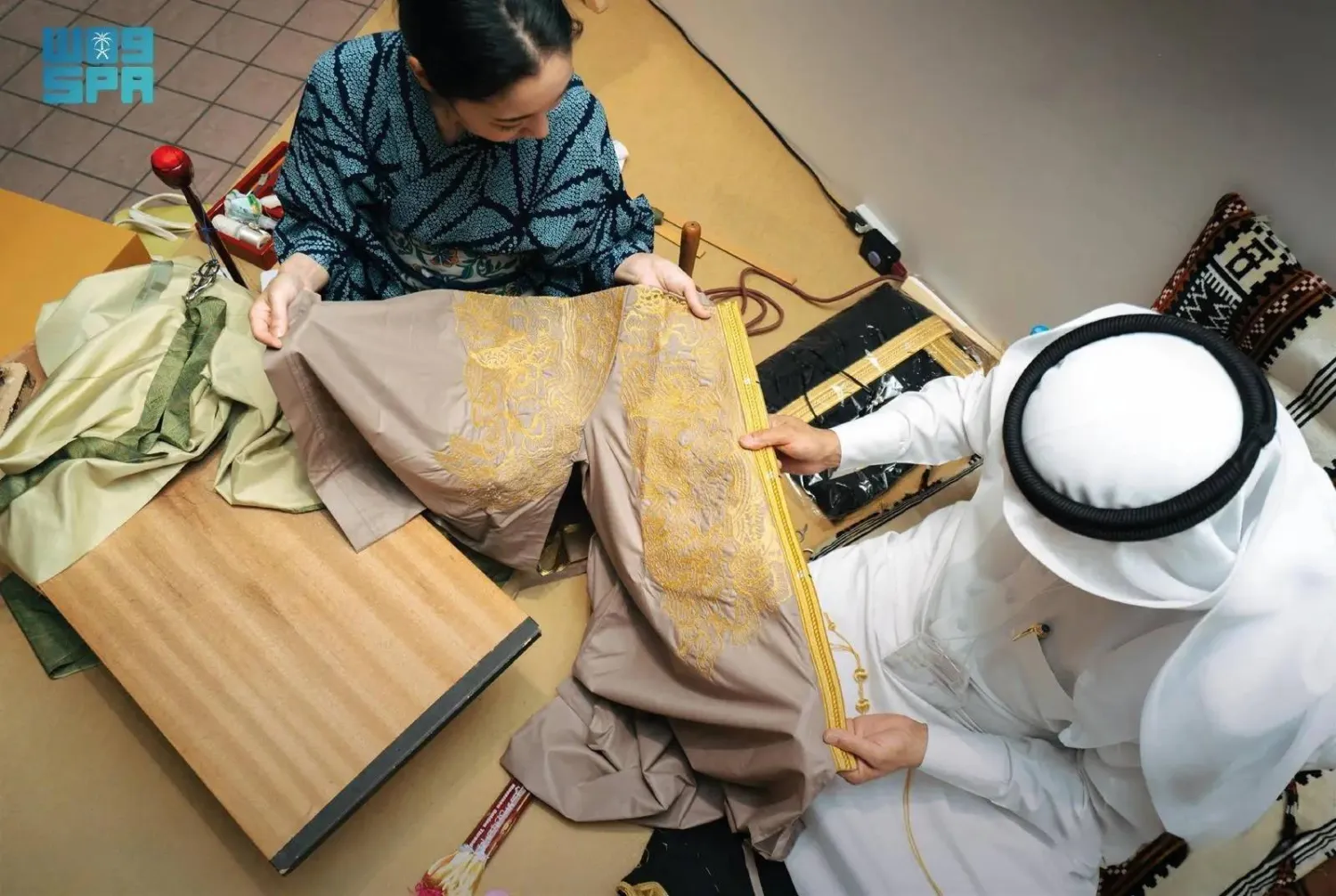Dar Al Mada publishing house, Iraq, has released a new book entitled “Rifat Chadirji,” featuring the biography of the prominent architect written by his wife Balkis Sharara.
The book details the journey of Chadirji and his great architectural achievements, in addition to his books on modern architecture.
In her book, Sharara opens-up about her life with her husband, their acquaintance, marriage, and his death in mid-2020. She also speaks about his family and its role in the contemporary history of Iraq, mostly his father, Kamil Chadirji, one of the most important national and political figures in the country since the establishment of the Iraqi state in the past century.
Although Balkis Sharara explored many aspects of her life with Rifat Chadirji in her two previous books that revolved around the detention of her husband and his life sentence in 1978, however, her new work reveals many details from the architect’s life, experiences, and achievements, in addition to his unique experience in photography, as well as his connections inside and outside Iraq.
“Over two months after loosing Rifat, my companion, I felt the loss of time, and recalled his words ‘I don’t have a time to waste.’ Time is precious and we should take advantage of it. But time has become abundant, and I never dreamed of such abundance. First, I didn’t have the courage to sit behind my desk or even to start writing. However, the idea of writing about him was chasing me, so I started. When I finished the first chapter, I found this experience is a reminder of the importance of Rifat’s achievements. I knew him in our everyday life, and now, I introduce him through his ideas and efforts…After I finished this book, I felt relieved and discovered new sides in my late husband.” Sharara writes in her book.







